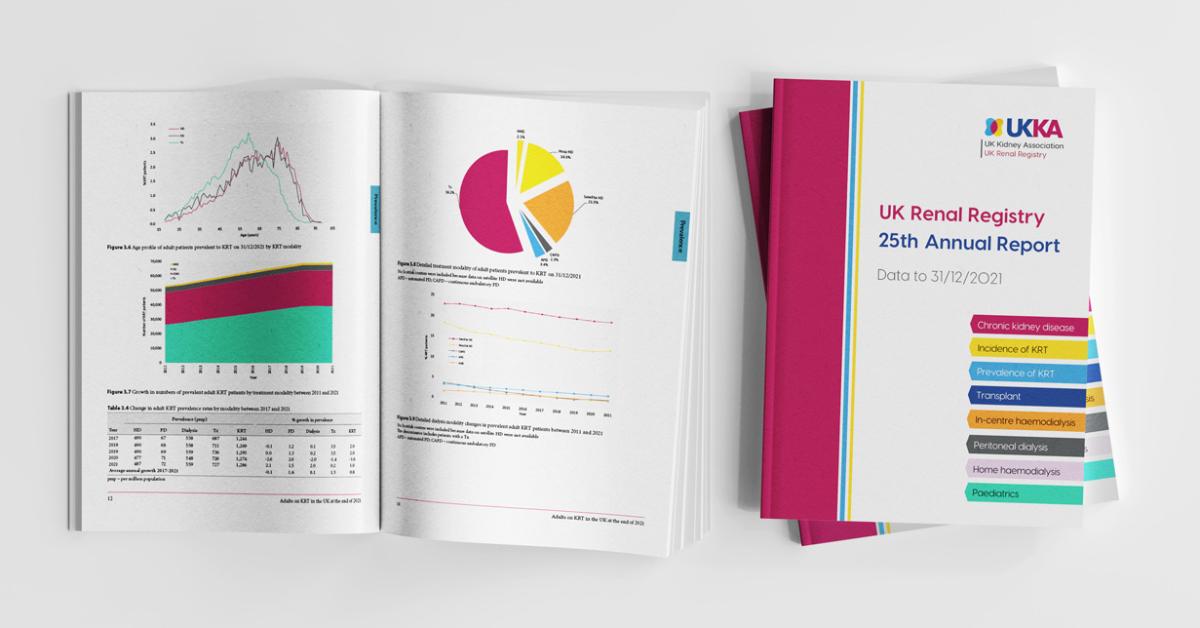Kenneth Gordon Lowe (‘Ken’) was a pioneer in cardiology and nephrology and a consultant physician at Dundee Royal Infirmary. Born in Arbroath, his father was Thomas John Lowe, a law agent, and his mother, Flora Macdonald née Gordon, was the daughter of William, who was a builder. His sister, Alison Kiddie, trained as a nurse and was, for many years, the sister in the eye ward at the Dundee Royal Infirmary (DRI). Educated at Arbroath High School, he studied medicine at the University of St Andrews and the DRI, having been awarded a Harness residential scholarship. After qualifying in 1941, he did house jobs at the DRI and helped Dan Cappell [Munk’s Roll, Vol.VII, p.88] to set up the first blood transfusion service in Dundee.
In 1942 he enlisted with the RAMC and served as a captain for two years in the Caribbean, India and the Middle East. While there, he specialised in tropical medicine.
At the end of the Second World War, he moved to London and resumed training as a registrar at the Royal Postgraduate Medical School from 1947 to 1952. He developed Britain’s first artificial kidney machine with Graham Bull [Munk’s Roll, Vol.VIII, p.65] and Jo Joekes [Munk’s Roll, Vol.XII, web]. It was based on work by Willelm J Kolff in the Netherlands, which Joekes, being from a Dutch family, could read in the original. They published studies on the pathology, treatment and outcomes of acute renal failure which were published in the journals Lancet and Clinical science and Lowe was to base his MD thesis at St Andrews on this topic.
He was appointed senior lecturer in medicine at St Andrews University and honorary consultant physician at the DRI (later Ninewells Hospital). Working on the development of a metabolic clinic with Gemmel Morgan and Bill Stewart [Munk’s Roll, Vol.XII, web] he was able to enthuse the latter with his interest in renal disorders. A member of the Medical Research Council committee that recommended reducing vitamin D content in children’s diet supplements designed to prevent rickets, he published (with three others) a paper entitled ‘The idiopathic hypercalcaemic syndromes of infancy’ (Lancet, 1954, 267, 101-10).
While at the DRI his interest in cardiology was fired by Ian Hill [Munk’s Roll, Vol.VII, p.262] the head of the department of medicine. With Donald Emslie-Smith and Hamish Watson [Munk’s Roll, Vol.XI, p.607] he did some exciting research into intracardiac elctrocardiography and together they published a key paper ‘The intracardiac electrocardiogram of human atrioventricular conducting tissue’ (Am Heart J, 1967, 74, 66-70). This attracted much attention and was to lead to a greater knowledge of cardiac arrhythmias and heart block, and provide a way forward into better therapeutic techniques and improved heart pacemakers.
He gave up teaching after 10 years and became a full time consultant in 1961, continuing as honorary reader, and later professor, in the university. He maintained a great interest in the future careers of his ex-students – many of them kept in contact with him for years. President of the St Andrews and Dundee Medical Societies, he also received an honorary doctor of science award from the medical school at St Andrews University.
In 1971 he was appointed physician to the Queen in Scotland, and, on his retirement in 1982, was made Commander of the Victorian Order. President in 1973, and founder committee member of the Scottish Society of Physicians, he was also on the board of management of Dundee General Hospitals and the first chairman of Tayside Regional Postgraduate Medical Committee.
He loved fishing for salmon and trout and was a keen gardener, creating and maintaining a beautiful garden at his home in West Ferry, Dundee. After retirement he took the opportunity to travel extensively and remained physically and mentally active into his 90s, reading voraciously, doing the Times crossword, and walking along the banks of the River Tay.
In 1942 he married Nancy née Young, whose father, Stephen, was a jute merchant. They had met at medical school where, before their marriage, they were joint winners of the Low gold medal. Nancy predeceased him in 1999 and he was survived by his daughter Alison, sons Gordon and Graham, a physician, and five grandchildren.



